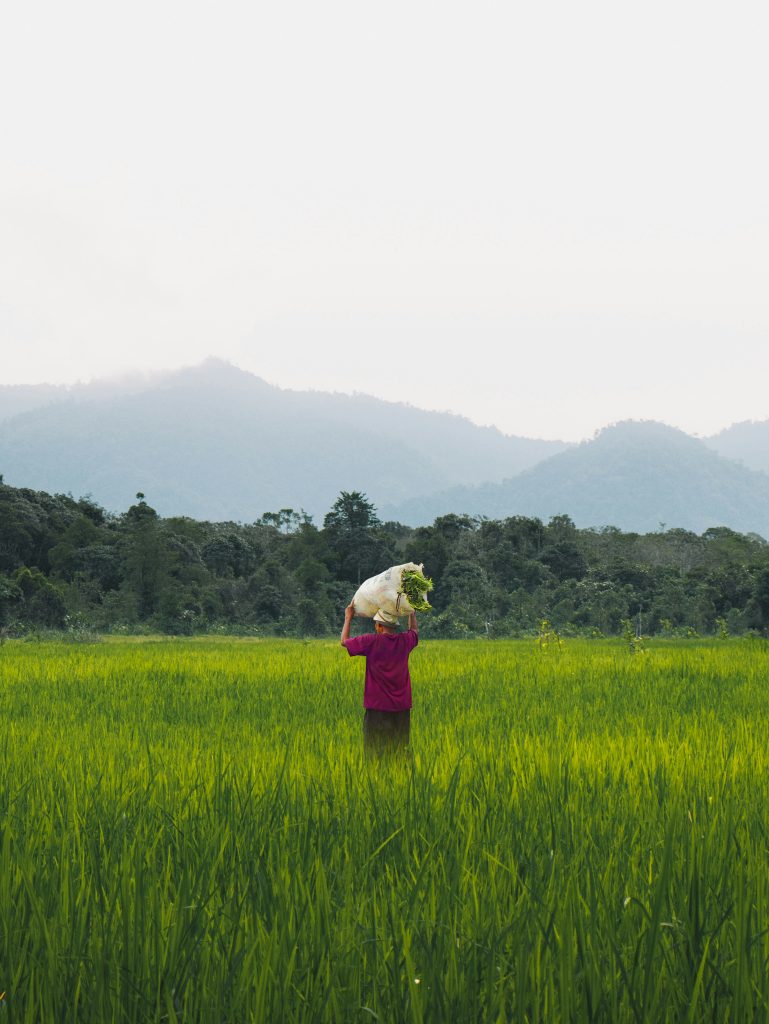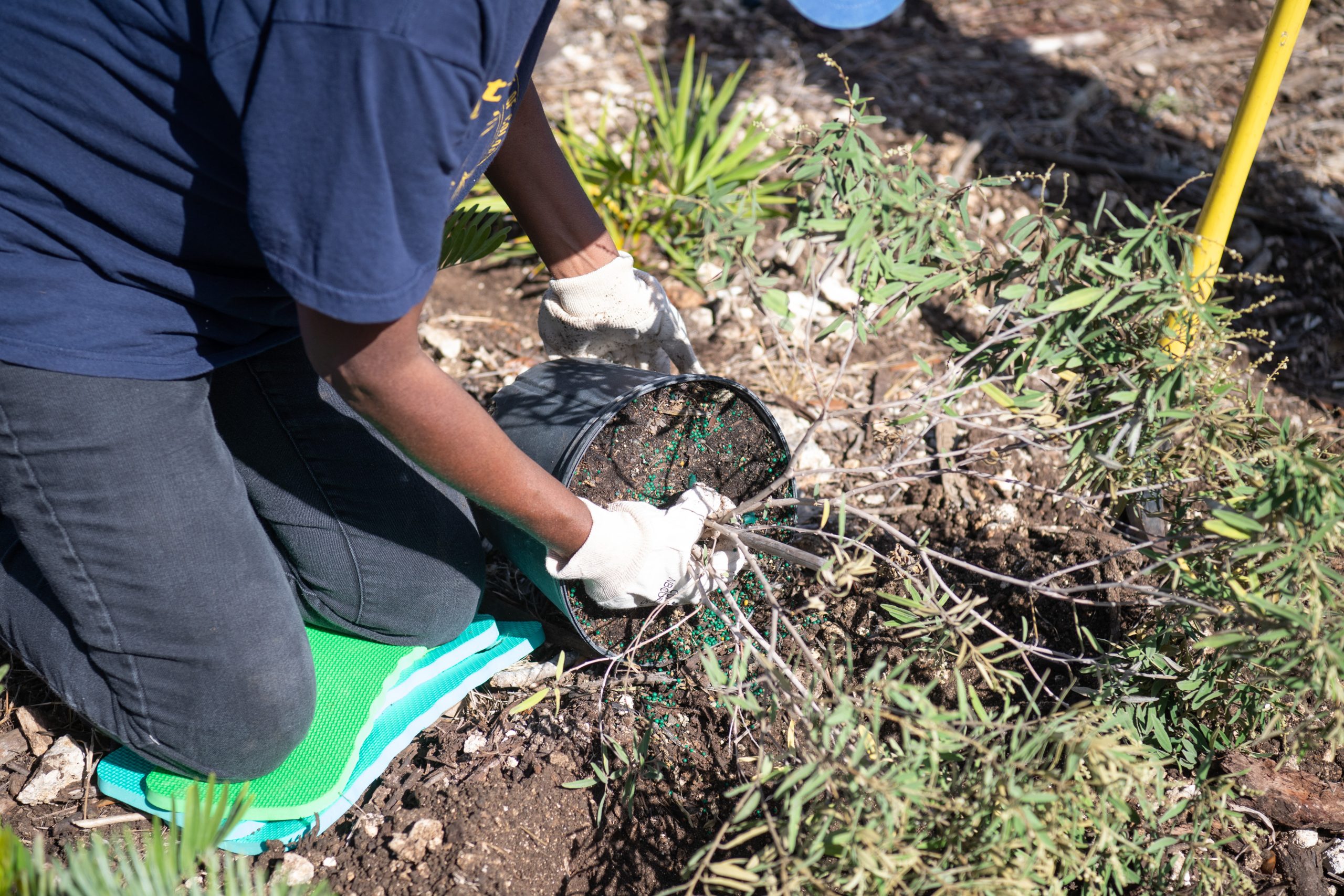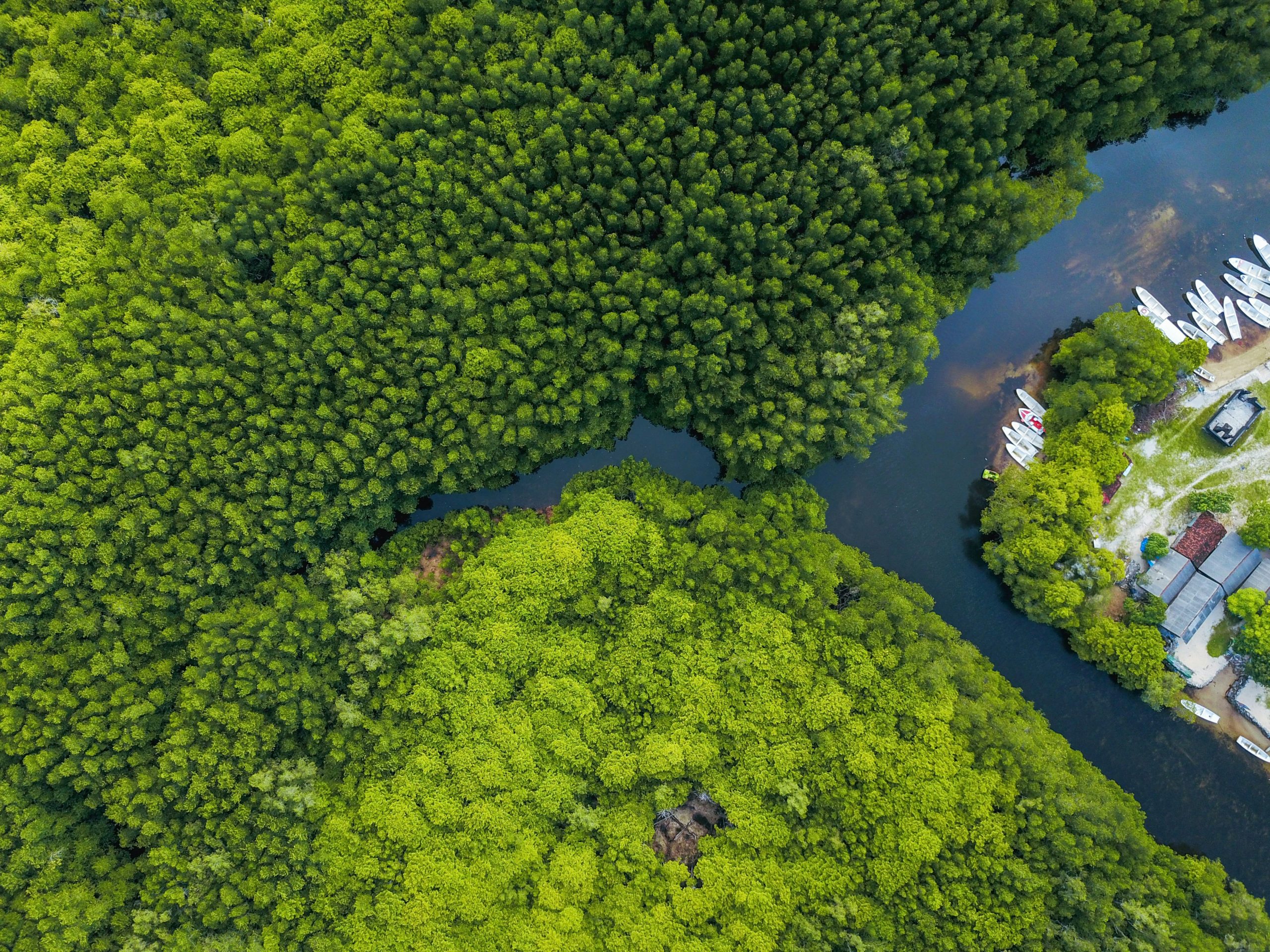The story of the Kuali Fund
Thu, Nov 7, 2024
Nature based solutions do more than mitigate carbon. They can enhance biodiversity, protect water sources, protect communities from landslides, and improve health. Now more than ever, we must understand how financial infrastructure and policies can be reimagined to effectively support these solutions. Our team worked with the Climate Champions team to explore how current solutions achieve impact.
Climate change is making business operations more expensive. For smallholder farmers and small companies, these pressures can completely cost them out of the market. They need capital and technical support. However, investors are hesitant because of the uncertainty around risks and their returns on investment. Even worse, many small companies and self-employed individuals do not have the infrastructure or resources needed to receive funding when it is available to them.
The Kuali Fund seeks to address this dual-pronged challenge. It is a blended finance fund for climate resilience, using small financial service providers and climate tech companies as facilitating networks.
What’s in the report?
Main page: Greening private finance for nature-based solutions
Kuali Fund: A blended finance solution
Living Amazon Mechanism: Agribusiness receivables certificate
What is the Kuali Fund?
In November 2024, GAWA Capital launched the Kuali Fund. The fund invests debt and equity in financial institutions and climate tech companies to create opportunities for smallholder farmers, who are both at the forefront of climate change and the drivers of food security for their communities. The UN Food and Agriculture Organization estimates that smallholder farmers provide one third of the world’s food.
While farmers and climate finance may seem unrelated, the fund is an example of a new way forward. GAWA Capital, an impact investment management firm, works to create social impact while also creating financial returns to investors. Already, it has invested in 20 countries, benefitting over 11 million people, 80 percent of whom are women.
Their unique approach to combine equity and debt more specifically addresses investor concerns. The fund allocates €213 million for private investments and €37 million for a first loss tranche, which safeguards private investments. Through this method, losses would need to exceed €50 million before investors are impacted. This approach de-risks private investments that lead to an improved attraction of such investors. Further, the fund leverages blended finance. These blended finance instruments leverage public investments by a multiple factor, which improves efficiency, catalyzes private investments, and accelerates the transformation of low-carbon economies.

Progress for smallholder farmers
The fund has three main goals. First, it aims to mitigate seven million tons of carbon dioxide by accelerating investments in nature-based solutions. Second, it aims to transform business models of its investees to facilitate adaptation and mitigation efforts. Third, it aims to develop a process for community input that will be used to design technical assistance projects.
While the fund has not begun to distribute resources, GAWA Capital’s other efforts have showcased the opportunity to create a positive impact and raise capital from institutional investors.
One such example is the Huruma Fund. To date, it has benefitted 496,000 smallholder farmers, 47 percent of whom live in rural areas. The project went beyond direct investments, however. It coupled those efforts with a technical assistance project that helped farmers diversify their crops and develop new value chains. Before the program began, an estimated 81 percent of the benefitting members earned their income from a single crop. In the era of climate change, this can leave their household income at risk.
As the Kuali Fund moves forward to implementation, small business owners and their families can become more resilient to the impacts of climate change.
At a glance
Project: The Kuali Fund
Beneficiaries: 600,000 smallholder farmers and small businesses in Latin America, the Caribbean, and India
Budget: €300 million with around €12 million for technical assistance
Launch date: November 2024
Key learnings for future resilience
The model can be scaled across other regions but requires adaptation of climate solutions to local needs. Blended finance is essential to eliminate perceived risks catalyze private capital and provide capacity building. While it takes time to structure catalytic capital, the fund is a clear example of a new way forward.
- Blended finance can catalyze private investments. Highly focused funds can target investees based on rigorous criteria and a theory of change that supports the creation of pre-defined benefits. This structure requires meticulous financial engineering, such as balancing first-loss capital and return enhancements, to address both real and perceived risks and deliver attractive returns for investors. One of the more challenging points is to secure the catalytic capital to de-risk private investments.
- The design process of blended finance structures is complex and requires time. It involves understanding the financial structure, returns, and credit risks of future investees, as well as their impact reporting and organizational structure. This information is critical to shaping the assumptions behind the fund’s structure. Additionally, finding the right partners and capital providers is a time-intensive process. Organizations must align all objectives and understanding their risk-appetite. Despite these challenges, these instruments are necessary for scaling investments, especially in countries or sectors that cannot access traditional market-rate funds. Blended equity funds, in particular, hold potential to accelerate the growth of companies until they can access commercial investments.
- Blended finance is replicable if properly localized. The blended finance model can be scaled with key adaptations for regional specificities. Notably, certain strategies may remain universally applicable. Through solutions tailored to local conditions, organizations can leveraging proven approaches to achieve impact at scale.
- A gender focus can build community resilience. The fund has a strong gender focus. Many women lack access to financial and social capital, which can make community resilience unattainable when women are excluded from the development and implementation of similar efforts. GAWA Capital conducted a gender assessment in all target countries. These analyses allowed the fund to more effectively target women and design the related support services and products. The fund also has clear gender goals. Women must make up at least 30 percent of the board and fund management, and at least 30 percent of beneficiaries must be women. Similar solutions must incorporate gender mainstreaming. This can ensure that women are not only beneficiaries but also active and effective leaders in the design and implementation.
Sabrina Nagel is the senior advisor for global policy and finance for the Climate Resilience Center. Puninda Thind is the finance nature lead for the UN Climate Change High-Level Champions team. Amal Ridene is the finance youth fellow for the UN Climate Change High-Level Champions team. The opinions expressed here are the authors’ alone.


